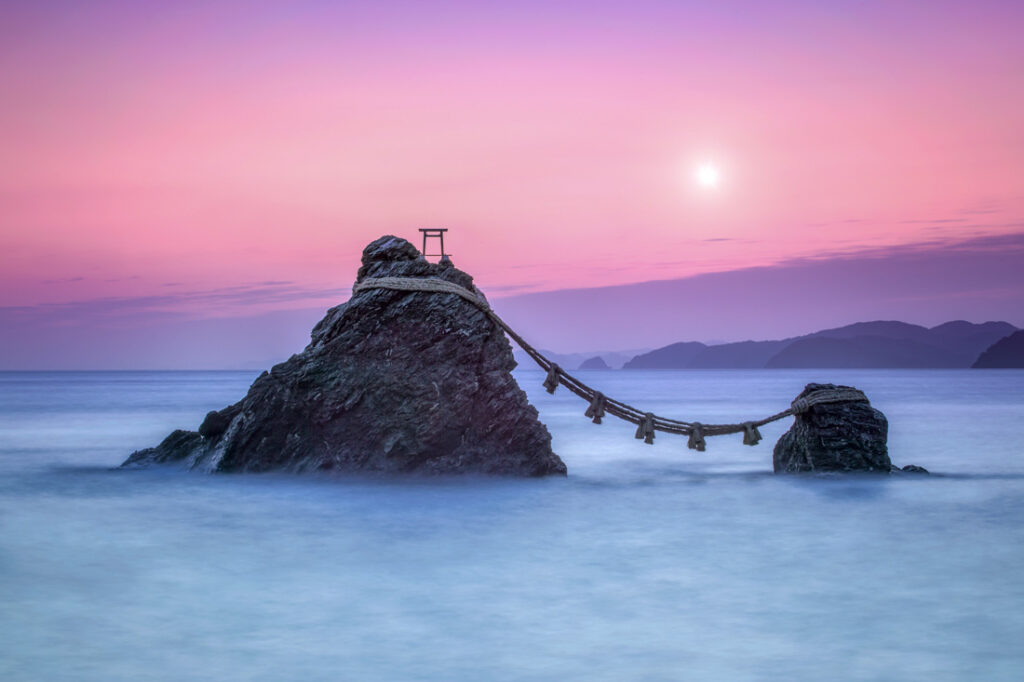Ise, Japan – Travel Tips
Category
Categories
Popular Articles

**Overview of the Destination:**
Ise, a city located in the central region of Japan’s Honshu island, is well-known for its sacred Shinto shrines. Ise is home to the grand Ise Jingu, a shrine complex considered to be the spiritual heart of Japan and an absolute must-visit. This humble city is not just about spirituality, but it also offers travelers a taste of Japan’s rich traditional history and captivating natural beauty. Visiting Ise is like stepping back in time, making it worth the journey for any traveler interested in Japanese culture and history.
**Best Time to Visit:**
The best time to visit Ise is in spring (March-May) when the cherry blossoms are in bloom. The landscape transforms into a romantic spectacle of pink, which is an amazing backdrop for the shrines. Fall (September-November) is also a good time thanks to the vibrant autumn leaves and temperate weather.
The largest festival in Ise is the Sengu festival, which happens every twenty years, with the next one scheduled for 2033. It’s a major event where the shrines at Ise Jingu are reconstructed and the sacred deities are transferred to new buildings.
**Climate & What to Pack:**
Ise experiences a humid subtropical climate with warm summers and cool winters. In the summertime, pack light clothing and a raincoat or umbrella for occasional showers. During winter, warmer clothing is required. Remember to bring comfortable footwear as exploring the city involves a good amount of walking.
**Getting There:**
The nearest major airport is Chubu Centrair International Airport in Nagoya. From there, you can take a train (about two hours) to reach Ise. Japan offers visa on arrival for many countries, but it’s advisable to check in advance.
**Getting Around Locally:**
Ise’s public transport system includes buses that connect the city with other major destinations. Taxis are readily available, but they’re not cheap. The area around Ise Jingu is pedestrian-friendly and quite walkable. English signage is accessible throughout the city, making navigation easier for tourists.
**Safety Tips:**
Japan, on the whole, is known for its safety and Ise is no different. However, it is always worth taking normal precautionary measures. The city is considered safe for solo and female travelers. Japanese people are known for their politeness; be sure to follow local customs and etiquette and avoid speaking loudly in public places.
**Top Things to Do & See:**
The sprawling Ise Jingu, the city’s main attraction, is a must. You can also visit the Ise Sea Paradise aquarium and the Meoto Iwa (the wedded rocks) – two rocks in the sea connected by a sacred rope. Additionally, the ancient shopping street of Okage Yokocho gives you a feel of old Japan.
**Where to Stay:**
Accommodation in Ise ranges from budget guesthouses to luxurious traditional inns. For a mid-range budget, consider staying in business hotels near the city center. For luxury stay, try Ryoso Uminocho or Ise Todaya Ryoan near the shrine.
**Food & Local Cuisine:**
When in Ise, enjoy the traditional local dishes like Ise Udon and Akafuku Mochi. Seafood is also prominent in the local cuisine. Visit the restaurants near the Oharaimachi area or Okage Yokocho for the best dining experiences.
**Cultural & Practical Tips:**
The official currency is the Japanese Yen, and while credit cards are accepted, many places still prefer cash. The locals speak Japanese, but English is understood in most tourist places. For plug points, Japan uses Type A and B with a standard voltage of 100 V.
**Sustainable or Responsible Travel Tips:**
When visiting shrines, remember to follow the local customs such as washing your hands and mouth before entering. Always respect cultural norms and try to keep the environmental footprint to a minimum by using public transportation and avoiding single-use plastic.
**Personal Travel Tip:**
The joy of visiting Ise is in soaking up the atmosphere rather than rushing from place to place. Take your time to savor the tranquility and essence of the city. Remember, it’s a sacred place for many – showing respect and understanding will enrich your experience.










